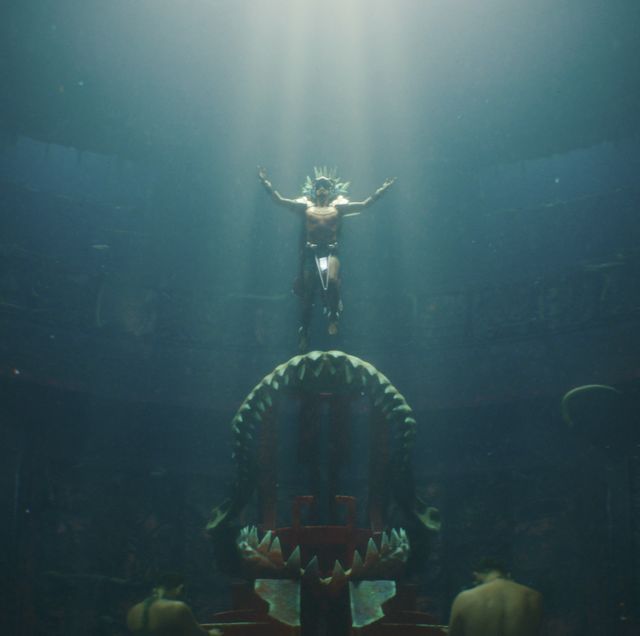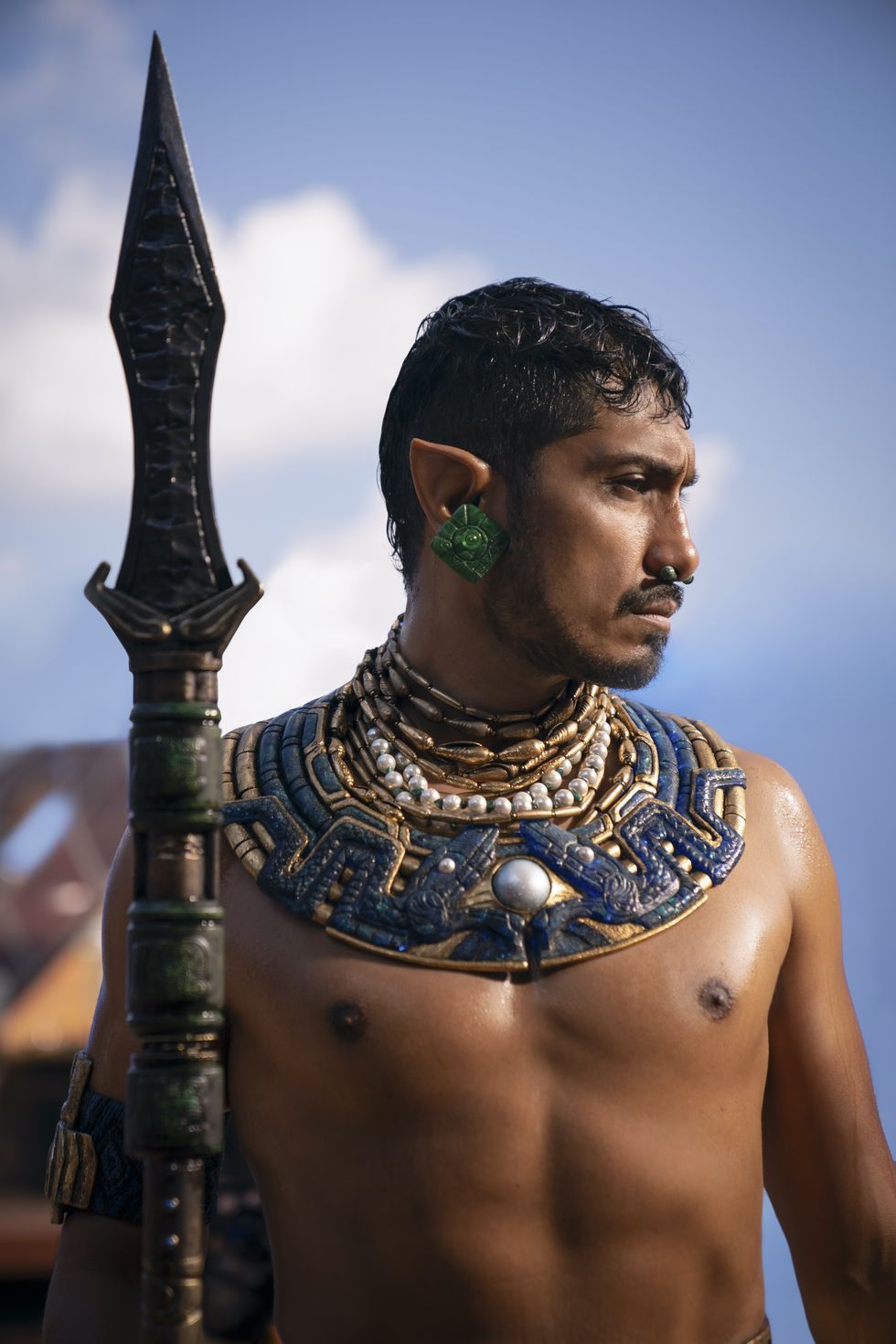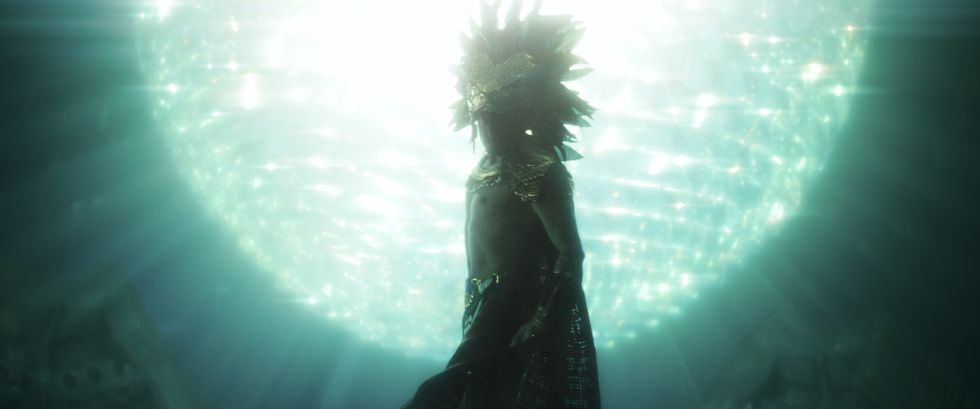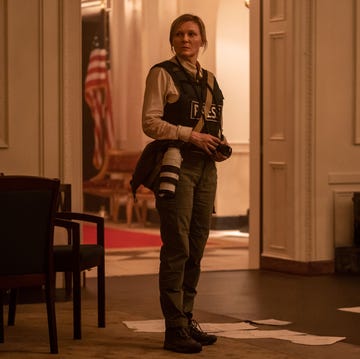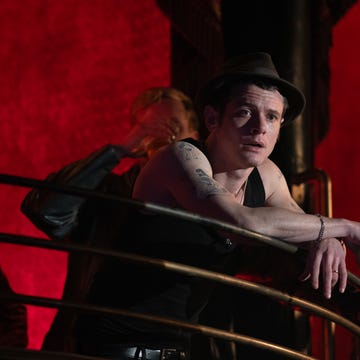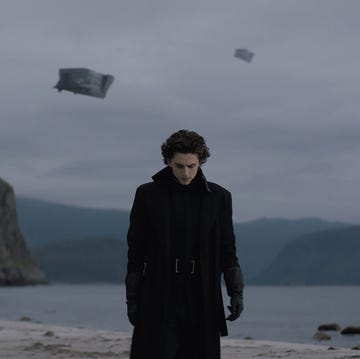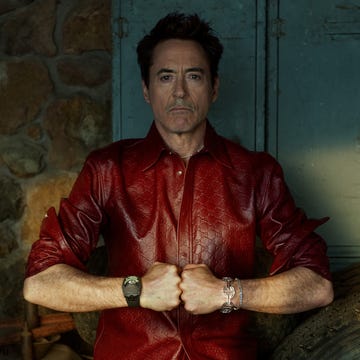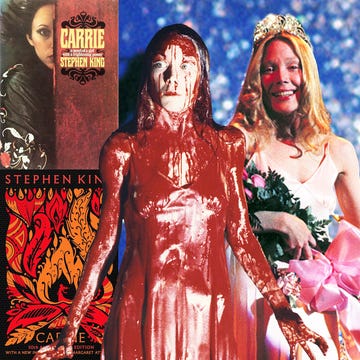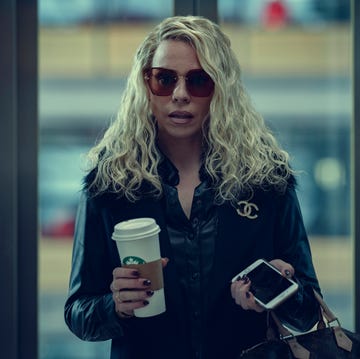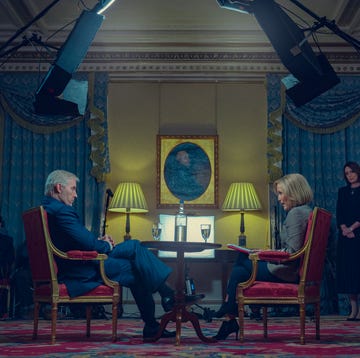The underwater homeland of Black Panther: Wakanda Forever anti-hero Namor the Sub-Mariner, Talokan, is one of the film's most lush, lovely settings.
But for Marvel fans, it probably didn't look a great deal like how they thought it was going to look, and understanding why is the key to one of the big Black Panther themes.
In the comics, the Talokanil live in Atlantis, of which Namor – the son of an Atlantean princess and a human explorer – is the prince. Atlantis was a small continent which got submerged beneath the waves in The Great Cataclysm, and it turned into a home for 'homo mermanus', a race of people with gills on their necks.
It's through Talokan and Namor that the spectre of colonial oppression which drove so much of the first Black Panther returns. In the sequel, we see Namor witnessing the brutal treatment of the indigenous people by Spanish colonisers.
"He doesn’t see himself as a villain, because in Namor’s eyes, what he is doing he’s doing to protect a people who have already made it through a tragic history," producer Nate Moore has said ahead of the film's release.
That's partly why the design and feel of Talokan is very consciously Mesoamerican in the film, rather than drawing on the Ancient Greek story of Atlantis.
"We were inspired by all of the pageantry that you see in Mesoamerican history," Oscar-winning costume designer Ruth E. Carter told Men’s Health. "There are these vases that they painted to depict figures in headdresses and all kinds of clothing that I used to inspire the clothing of the Talokan."
Director Ryan Coogler told Inverse that Black Panther set about using cultural traditions by "representing them with intention and respect," and the same was true this time around.
"We worked with historians who were experts on [Mayan] culture to learn about what part of the trajectory of the ancient Mesoamerica area we would draw from," Carter said. "And so we looked at beautiful sculptures of different scenes depicting the lifestyle of post-classic Yucatán, and the feathered-serpent figures were the ones that were the most powerful looking."
Even the name Talokan gestures at the mythical Aztec paradise of Tlālōcān, reigned over by the rain god Tlālōc.
There's a deeper function to this rewriting too. In the 1880s, an American politician called Ignatius L. Donnelly started suggesting that actually, the technology of Mesoamerican societies were too complex for them to have come up with, and were actually gifted to them by the Europeans who dwelt in this completely non-existent Atlantis.
"It’s impossible to separate the story of Atlantis from myths of white supremacy," the historian Kurly Tlapoyawa told Smithsonian. The society of Talokan and the Talokanil is a corrective to that racist conception. The Talokanil cast even learned Mayan for their roles.
"To me, it’s crazy because I can find in the movie the little things from my Mexican culture," Mabel Cadena, who plays Namor's cousin Namora, told Gizmodo. "And if you hear the Mayan language, it’s like, "Oh my God, can you believe we have representation for the first time in a movie like this?'"
